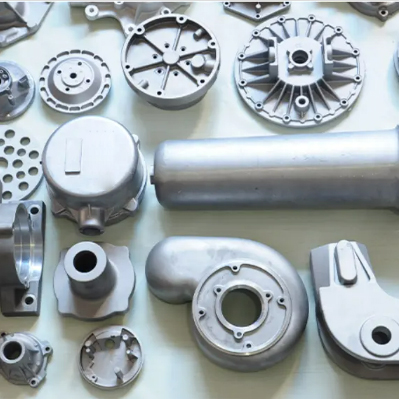Mobile:+86-311-808-126-83
Email:info@ydcastings.com
Understanding Engine Exhaust Systems and Their Importance for Vehicle Performance
Understanding Engine Exhaust Pipes Importance, Function, and Maintenance
The engine exhaust pipe is a crucial component of a vehicle’s exhaust system, responsible for directing harmful gases produced during combustion away from the engine and out into the atmosphere. Understanding the role and importance of exhaust pipes can help vehicle owners appreciate their function, recognize potential issues, and take appropriate maintenance measures.
The Function of Exhaust Pipes
When an engine burns fuel, it produces a range of byproducts, including carbon monoxide, nitrogen oxides, hydrocarbons, and particulate matter. The main function of the exhaust pipe is to channel these exhaust gases away from the engine and prevent them from re-entering the vehicle’s cabin. In doing so, it helps protect the health of passengers and contributes to overall vehicular performance.
Beyond mere exhaust diversion, modern exhaust systems are equipped with various components that work together to manage emissions and enhance engine efficiency. For example, the exhaust pipe connects to the catalytic converter, which plays a pivotal role in reducing harmful emissions by converting them into less harmful substances. Additionally, the design of the exhaust pipe itself can influence the engine's back pressure, which can impact performance and fuel efficiency.
Types of Exhaust Pipes
Exhaust pipes come in different types depending on the vehicle’s design and purpose
. The primary types include1. Single Exhaust Pipes This is the most basic form, where one exhaust pipe is used to expel exhaust gases from the engine. It is common in smaller, less powerful vehicles.
engine exhaust pipe

2. Dual Exhaust Pipes Usually found in performance cars or larger vehicles, dual exhaust pipes allow for better gas flow and can enhance the sound of the engine, providing a more aggressive tone.
3. Performance Exhaust Systems These systems often employ larger diameter pipes and specialized bends to reduce back pressure, promoting better engine performance. Many car enthusiasts invest in these systems to improve horsepower and fuel efficiency.
Common Issues and Maintenance
Despite their robustness, exhaust pipes are not immune to wear and tear. Common issues can include rust, leaks, and blockages. Rust can significantly weaken the metal, leading to holes that result in exhaust leaks. Such leaks can reduce engine performance and allow harmful gases to enter the cabin.
Another potential problem is backpressure, often caused by obstructions within the exhaust system, such as a clogged catalytic converter. High backpressure can lead to reduced engine performance and increased fuel consumption.
To ensure proper function and longevity of the exhaust system, regular maintenance is essential. Vehicle owners should inspect the exhaust pipe and connected components periodically for signs of wear, such as rust spots or loose connections. Additionally, it’s advisable to have a professional inspection as part of routine maintenance, especially when the vehicle is due for an emissions test.
Conclusion
The engine exhaust pipe plays a vital role in ensuring that vehicles operate smoothly while minimizing their environmental impact. From directing exhaust gases away from the engine to facilitating better performance through various design types, the importance of a properly functioning exhaust pipe cannot be overstated. By understanding its role and maintaining the exhaust system, vehicle owners can ensure their engines operate efficiently and reduce harmful emissions, contributing to a cleaner environment. As vehicles continue to evolve with more advanced technologies, the role of the exhaust system will remain critical in our efforts to drive safely and sustainably.
-
Why Should You Invest in Superior Pump Castings for Your Equipment?NewsJun.09,2025
-
Unlock Performance Potential with Stainless Impellers and Aluminum End CapsNewsJun.09,2025
-
Revolutionize Your Machinery with Superior Cast Iron and Aluminum ComponentsNewsJun.09,2025
-
Revolutionize Fluid Dynamics with Premium Pump ComponentsNewsJun.09,2025
-
Optimizing Industrial Systems with Essential Valve ComponentsNewsJun.09,2025
-
Elevate Grid Efficiency with High-Precision Power CastingsNewsJun.09,2025











